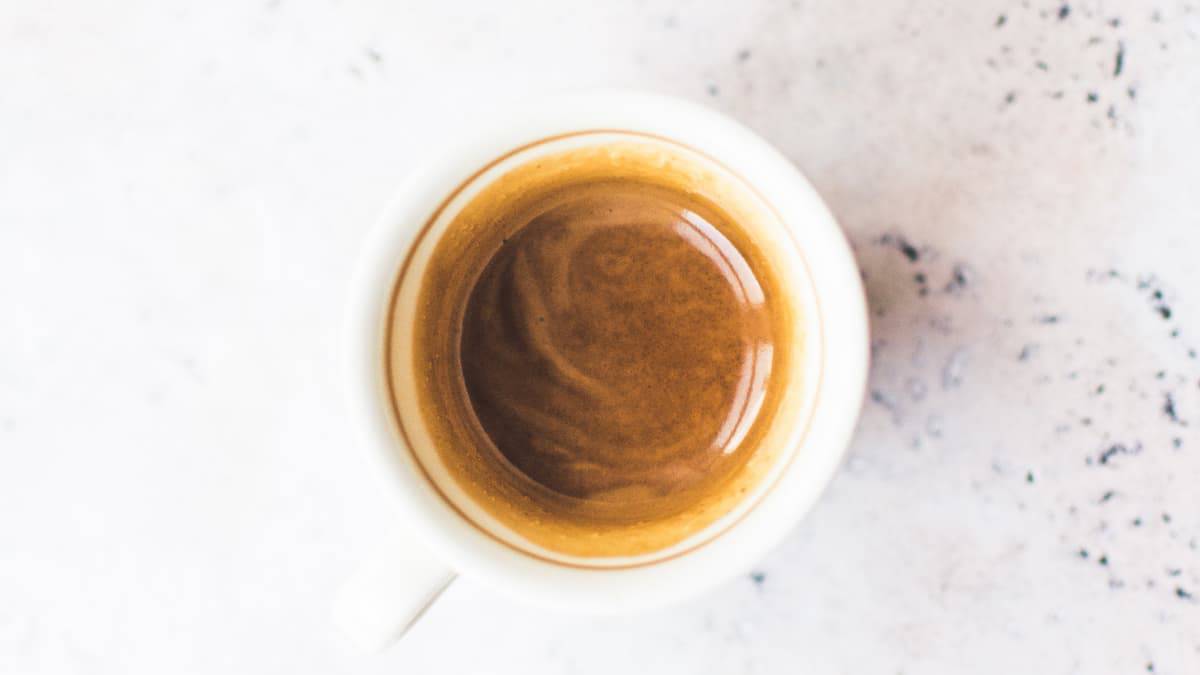Ever had the unfortunate experience of pulling an espresso shot only to be greeted by a grimace-inducing sour taste? It’s all too common, but luckily, it’s something you can fix. Let’s dive right in and figure out why your espresso is turning out sour and how to tweak it for that perfect rich and smooth shot.
First off, let’s talk about what sour espresso is. Imagine pulling a shot and seeing a puck that looks like a mud patch. Or maybe the crema is pale and thin instead of a rich brown color. The worst part? The taste – overwhelmingly sour, enough to eclipse any other flavors.
So why does this happen? It’s all about extraction. If your shot pulls in under 15 seconds, brings out a pale crema, and leaves you with a wet puck, you’ve got an underextracted espresso. Underextraction leads to that weak, sour taste.
To fix underextraction, start by cleaning your equipment. Old coffee residues can mess with your shot. Next, make sure you’re using high-quality, freshly roasted beans. Ditch the blade grinder and opt for a burr grinder for consistency.
Three main factors impact the taste: dose, yield, and brew time. For the dose, start with a standard 1:2 coffee-to-water ratio, and use 18-21 grams of coffee. A lighter roast might need a smaller dose. Ensure your grind size is fine and tamp firmly for an even puck.
Moving on to yield and timing – the length of time you pull the shot. Aim for an extraction time between 20-30 seconds to balance the bright and sweet notes. If it’s too quick, adjust the grind to be finer.
Brew temperature is another crucial factor. The ideal range is 195°F – 204°F (90.5°C to 96°C). Adjust accordingly if needed.
But what if your espresso is bitter instead? This means you’ve likely overextracted it. A dry puck and a slow pour are telltale signs. Bitter shots often result from letting the extraction run too long, so aim to keep it within 25-30 seconds and adjust the grind size coarser if needed.
And if your espresso tastes burnt? Again, overextraction is the culprit. Check your ratio, grind size, and tamp pressure. Too much coffee in the basket or too fine a grind can cause a slow, painful extraction leading to that burnt taste.
Making the perfect espresso is an ongoing experiment. Each shot provides clues to tweak your next one. Taste every shot and keep notes. Change one variable at a time to identify what works best. Over time, you’ll dial in the right balance and learn to avoid those sour, bitter, and burnt mistakes.
Espresso training involves a lot of tasting and tweaking. New baristas often struggle with tamping evenly, but practice and observation are key. Keep experimenting with different ratios, grind sizes, and brew times. Once you find the right formula, stick with it for consistent results.
Perfecting espresso is definitely a journey, but don’t be discouraged. By paying attention to your ratio, grind size, brew time, and equipment cleanliness, you can avoid sour, bitter, and burnt flavors. Take notes, make adjustments, and soon you’ll be pulling espresso shots that are a true delight.
